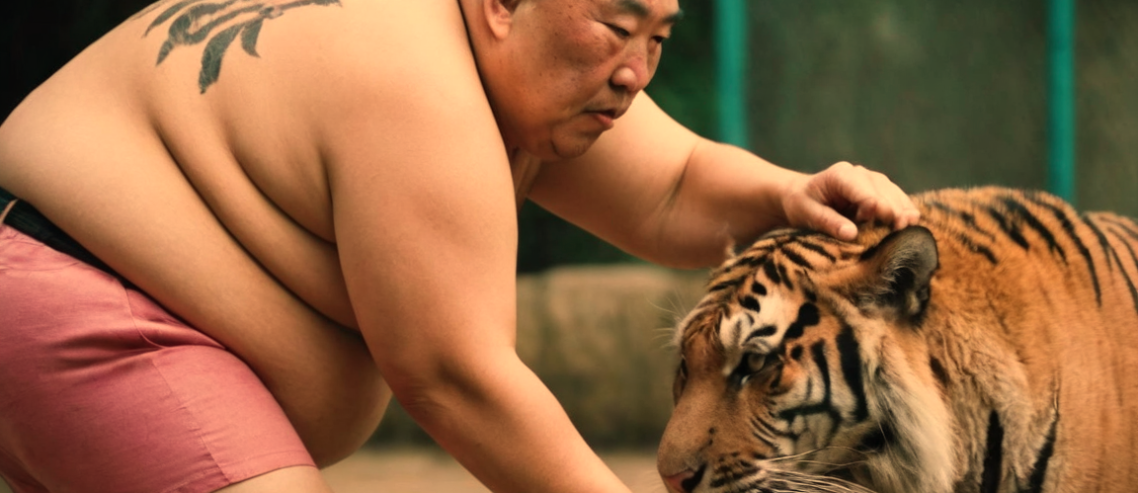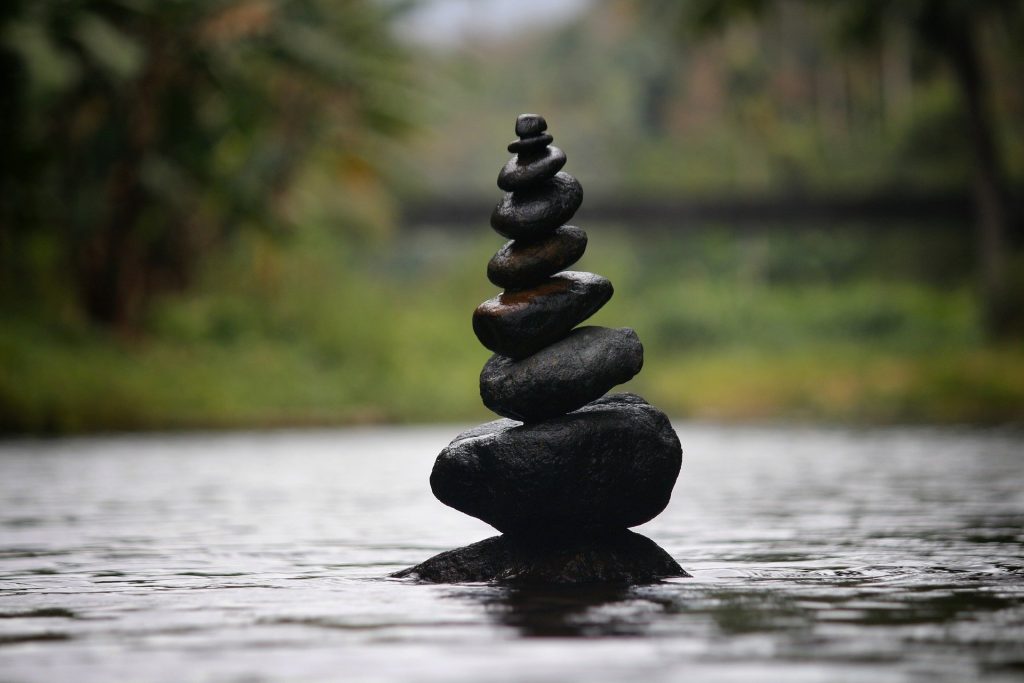Transform Your Health by Standing: A Journey to Wellness
Transform Your Health by Just Standing: A Journey of Wellness & Power
Can you really improve your health just by standing? You might wonder if I’m merely talking about adjusting your posture. But no, I’m referring to an ancient exercise called Zhàn Zhuāng that transformed my health through the simple act of standing.
Disclaimer:
The author and deadlyduels.com, including any associates. ARE NOT RESPONSIBLE in any manner whatsoever for any injury or negative effects, which may occur through following the instructions and advice, contained herein.
It is recommended that before you engage in any treatment or exercise program, you consult your medical professional to determine whether you should undertake this course of practice.
What is Zhàn Zhuāng 站樁?
Zhàn Zhuāng, an ancient health practice originating from China, integrates seamlessly into Traditional Chinese Martial Arts. Despite the creation of various forms, the core principles of Zhàn Zhuāng remain consistent, offering powerful benefits for your health and well-being.
Zhàn Zhuāng: A POWERFUL Method for Martial Arts and Health
Martial Arts Benefits
Zhàn Zhuāng enhances martial arts by promoting harmonious motion, coordinating the lower and upper body to move as one. This improves your striking power and understanding of the concept of liù hé (六合), or six harmonies.
Health Benefits
Zhàn Zhuāng offers numerous health benefits by fusing the mind and body. Over time, it helps you stay grounded and releases tension from muscles and joints, increasing flexibility and elasticity. This is where the martial and health aspects combine, providing a holistic approach to well-being.
Essential Points of Zhàn Zhuāng 站樁::
Top of Body
- Tongue Placement: Gently touch the top of your mouth behind your top teeth with the tip of your tongue.
- Head Alignment: Imagine a string pulling the top of your head slightly upward. Keep your neck straight and your chin in a neutral position, neither tucked in nor sticking out.
- Chest Position: “Sink the chest” by relaxing the center point between your chest and sternum area, allowing it to drop slightly. This will round and lift your upper back a little.
Middle of Body
- Coccyx Position: Tuck in your coccyx as if you are about to sit, preventing your buttocks from sticking out.
- Hip and Waist Relaxation: Relax your hips and waist by releasing tension in your tendons, sinews, and ligaments.
- Foot Placement: Place your feet shoulder-width apart, aligned with your shoulders and not wider.
Lower Body
- Foot Position: Keep your feet straight and slightly inward-facing, with your knees bent and slightly facing each other to help relax the hips and waist.
- Weight Distribution: Distribute your weight equally on both feet, from the heel to the ball of each foot.
- Hand Placement: Place your hands at your sides with your middle fingers touching the center of your thighs. Keep your elbows slightly bent and relax your shoulders and wrists to avoid tension. This posture is known as Wuji (no extremity).
Mental Focus and Breathing
- Body and Mind Regulation: First, adjust your body structure, then focus on your mind. Acknowledge and let go of any thoughts or worries that arise during the exercise to reduce tension.
- Breath Regulation: Breathe into the lower abdomen. Focus your intent below your belly button. When you inhale, allow this area to expand gently. When you exhale, let it contract gently. Do not force it; with time, the expansion will increase naturally. Keep your focus on this area and extend it into the ground as you breathe.
Chen Bao Posture
- Transition from Wuji: Raise your hands from the Wuji posture as if you are hugging someone, moving into the Chen Bao posture (hugging the tree).
- Hand and Elbow Position: Soften all joints in your hands, keeping them facing each other and aligned with the center of your sternum. Round your elbows and face them down to relax your shoulders. Maintain this rounded shape in both Chen Bao and Wuji postures.
- Eye Position: You can close your eyes or keep them open, gazing downward at a 45-degree angle.
- Thumb Position: Relax your thumbs and avoid sticking them out to open the “He Gu” acupoint (tiger’s mouth) located between the thumb and forefinger. Note that some lineages may have the thumbs up.
Unleash Your Inner Strength with “Harmonious Fist”
The lone wolf doesn’t seek refuge; he is the refuge. He doesn’t seek out the community; he is the community. But when melancholy settles and weakness creeps in, will he find the strength to overcome?
Dive into “Harmonious Fist,” a captivating novel of resilience, inner power, and self-discovery. Experience a journey that will inspire and empower you. Get your copy today and embrace the spirit of the lone wolf.–Harmonious Fist
Zhàn Zhuāng 站樁 Conclusion:
My friends requested I create a video tutorial on Zhàn Zhuāng, and so I did. Adding a guideline with more theory and you can get it now at a discount limited to the first 100 people.



Comments
Leave a Comment